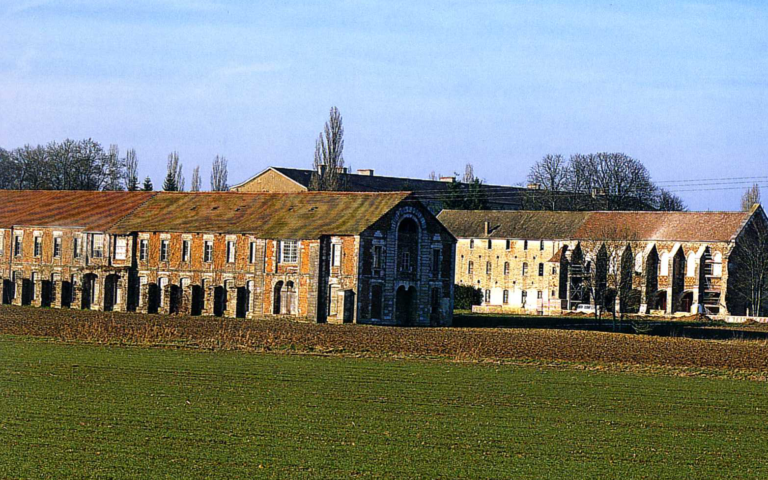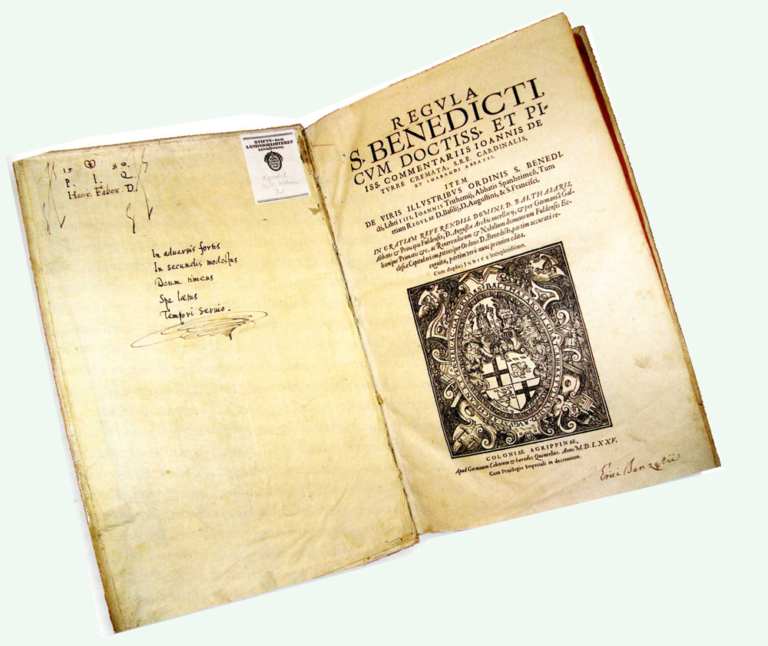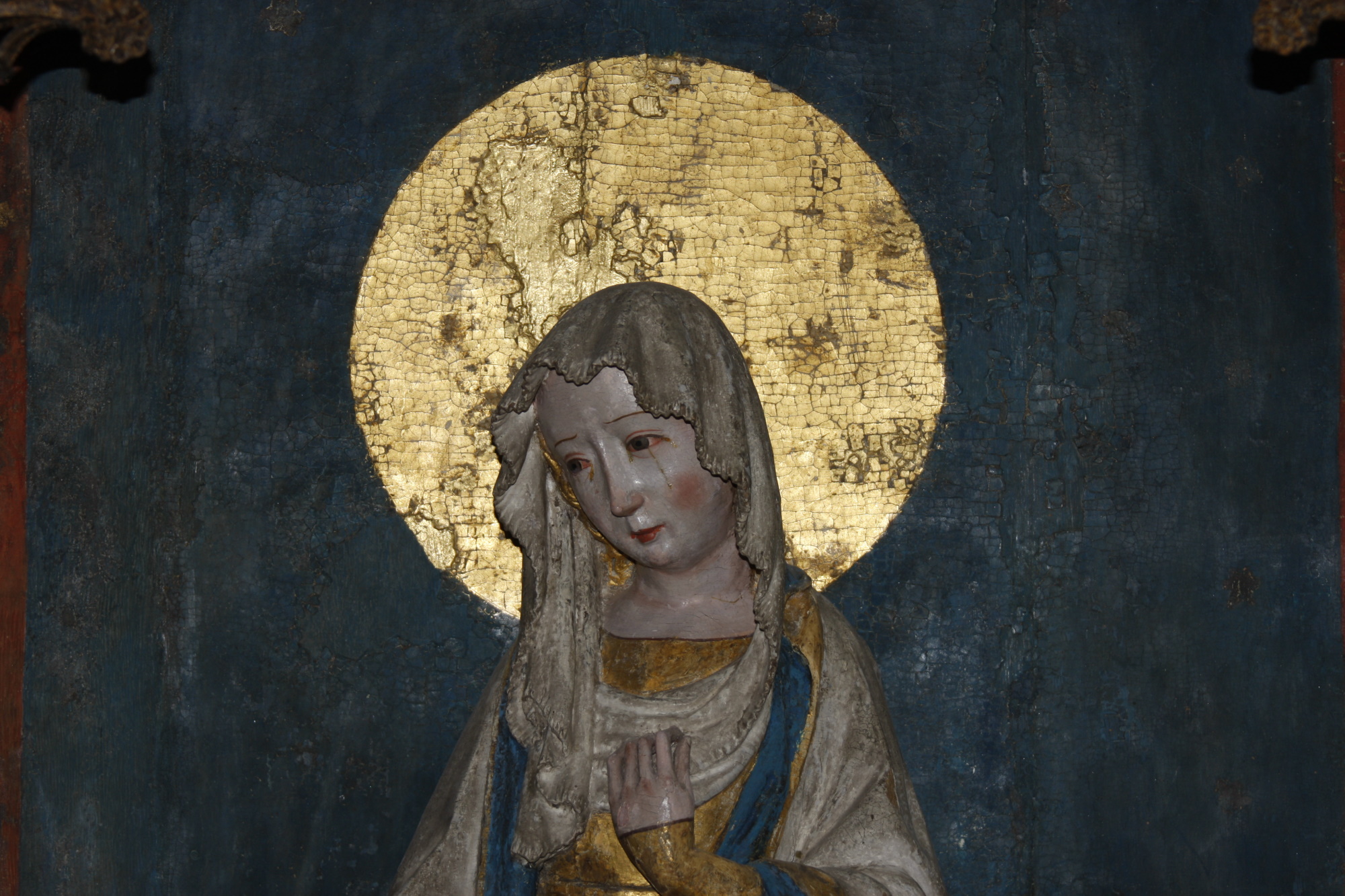
The year of 1098 is considered to be the starting point of the Cistercian order. At this time the monastery of Cîteaux was founded by Robert, an abbot that left his monastery of Molesme along with 21 monks and settled in the moorland near the river of Dijon in Bourgogne. The monks wanted to revert to a more ascetic form of life and live according to the strict rules authored by Saint Benedict of Nursia during 500 A.D. In the beginning there were only men who joined the Cistercian order. Convents were reluctantly allowed from the 13th century.

The Rule of Saint Benedict was the foundation of the Cistercian order. It became a custom to read the rules orally on a regular basis, and as a new monastery was founded through emigration (filiation) from an existing monastery, the monks received a transcript of the book from their parent monastery.
Uniformity and central administration characterizes the Cistercian order until the 14th century, and after that the number of abbeys increased, making it difficult to keep together. At most there were about 1.800 abbeys. When Stephen Harding was elected as abbot in Cîteaux in 1109 he prepared Charta Caritatis (in 1119) that confirms the highest authority of the Cistercian order with the General Chapter and the divine service. It was included in every Cistercian abbey and was read according to an authorized procedure. During his time serving as an abbot, Stephen Hardings also worked with Liber Usuum, the book of customary practice, including detailed prescriptions concerning services and prayers. It was completed in 1134, during the time period of his successor. The Liber Usuum book was also brought to each newly founded abbey.
All abbeys were organizationally subordinate to the General Chapter that annually summoned in Cîteaux, where all but the abbots who lived very far away were to appear each year.
At the General Chapter decisions were made concerning changes in the liturgy, or whether an abbey would be permitted to bring a new local saint into their calendar. The General Chapter was also the legislative authority of the order. The Cistercian order was, during its great days, an independent and supranational organization. The ecclesiastical authorities of each individual country interfered very little in these matters. The abbeys and secular churches had separate orders of services.
In the 1110s Bernhard and a group of 12 monks left the parent monastery of Cîteaux to settle by the river of Aube in Champagne, where they founded a new abbey. Clairvaux was inaugurated in 1115, and Bernhard led the abbey until his death in 1153. He was canonized in 1174.
Bernhard was one of the most important spiritual and political persons during the 12th century. He wrote a considerable large amount of religious scriptures and he was also the one who formed the cult of the Virgin Mary. All Cistercian abbeys are guarded by the sanctuary of the Holy Virgin, and ever since this period, each day in the abbey ends with the introit of Salve Regina along with the prayer of Ave Maria.
Bernhard was a good organizer with great power, and he was engaged by popes and kings in solving conflicts and defends the position of the church.
Monks and nuns were to obey the watchwords of the order under the rule of silence; Ora et labora (pray and work). The abbeys were built close to watercourses in the backwoods that were to be farmed.
The Cistercian abbeys were to begin with not allowed to carry on trade, but they could accept donations of land, and were thus able to build up a prospering agriculture with farms within the area of the abbey foundation. Apart from farming there were often mills, forges, glassworks, pisciculture, fishing, and viticulture. After some time many abbeys opened up shops in the nearby villages. The Cistercian economy grew strong and prosperous from the middle of the 12th century as the population in Europe grew. They applied innovations of that time period; the organization of work was rational, as well as well planned.
